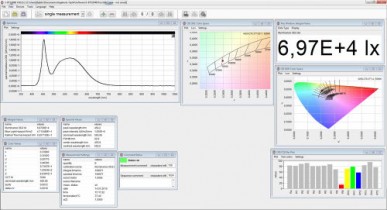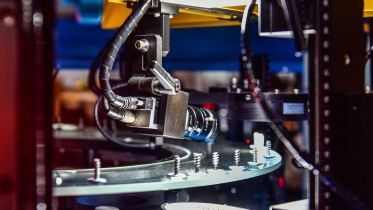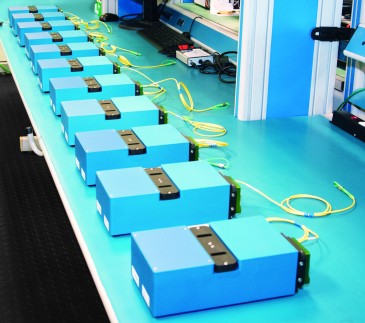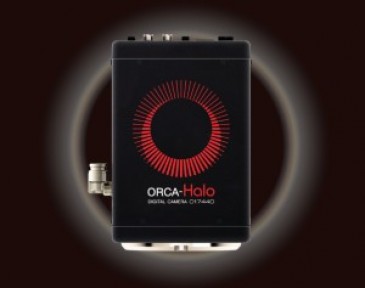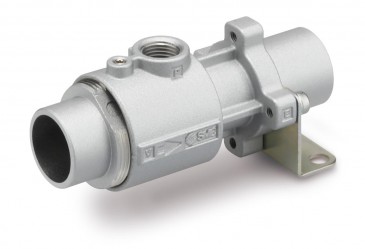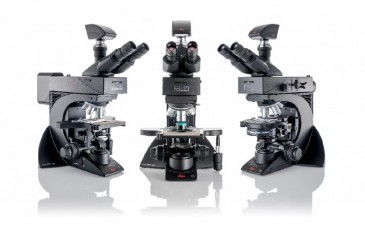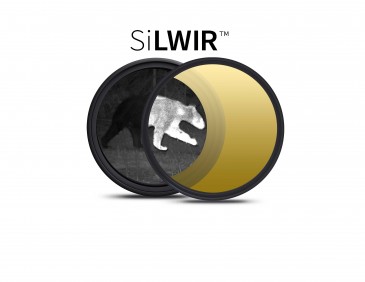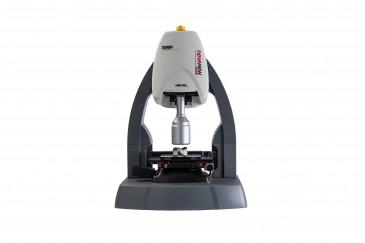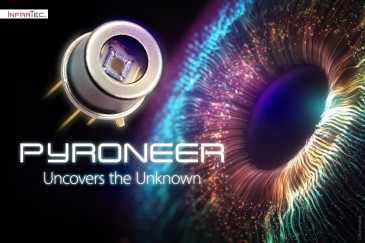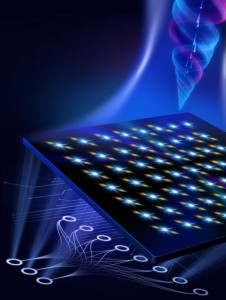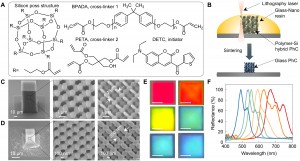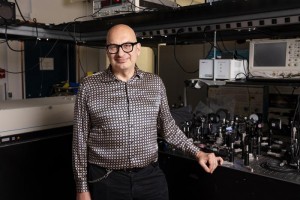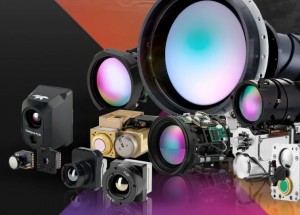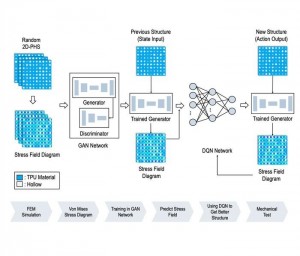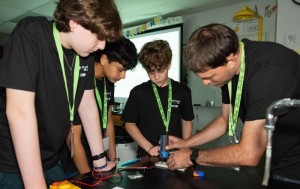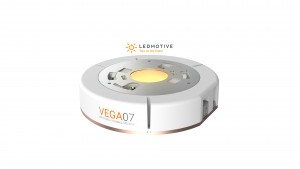
Researchers from the Catalonia Institute for Energy Research (IREC) at the University of Barcelona and its spin-off Ledmotive Technologies in Spain have combined two computational methods to enable solid-state lighting (SSL) to measure and self-adjust based on conditions. The two-pronged approach, which shows an LED lighting system’s ability to maintain consistency and stability over an extended period of time, allows for high spectral fidelity and short computational processing times for spectrally tunable light sources and could mark a crucial advance in light-based technologies.
The need for reliable, stable, easy-to-mass-produce LED
The lighting industry is undergoing profound transformation. Solid-state lighting (SSL) and, more specifically, LED have made it possible to sculpt the spectral power distribution of light depending on the application. However, temperature variations and aging processes cause spectral and color shifts in LED. The semiconducting materials LED are made of are particularly temperature sensitive. The lighting industry, nevertheless, requires the devices to be reliable and batch-to-batch reproducible. “We believe that, even though some workarounds are used that consist in storing look-up tables representative of the physics of these processes in the firmware at production time, a definitive solution necessarily implies an optical feedback,” says Josep Carreras, PhD, president and CTO of Ledmotive Technologies. “From this achievement, the spectral matching algorithms form an essential groundwork to build upon.”
The research team tackled a two-fold problem with this work: “First, we implement fast algorithms to adjust the light spectrum of different LED, i.e., colors or wavelengths, to a given target spectrum. And secondly, we design a feedback control that warrants the stability of the light output over its lifetime.”
What is new in this research is that the scientists have been able to establish the right tradeoff between spectral and color accuracy and the short computational times required by practical applications. “Obviously, the main goal is to end up having a lighting device that is suitable for mass production,” Carreras points out. “So we have taken special care in the fact that all the proposed algorithms run as firmware pieces executed by cost-effective micro-controllers.”
A crucial advance in lighting science and technology
Spectral control is a new field in lighting science and technology. “Some years ago, the spectrum of light was determined by the materials we were using,” Carreras says. “Today, we can already design spaces and applications with purpose by changing not only the intensity but also the energy of the photons that we use, the wavelength.” Many different application areas can benefit from such fine control, from healthcare to workplace productivity, retail illumination, museum lighting, photography, the film industry, horticulture and even scientific-grade instruments for research institutions, according to the light-technology expert.
Designing better solid-state lighting technologies in the future
The new computational methodologies could specifically help to improve the design of the next generation of solid-state lighting technologies, Carreras agrees: “There is a great consensus in that the next generation of SSL technologies would involve some type of spectral control,” he says. “We are now in the phase of understanding how to utilize spectral control to our benefit.”
In the past, Carreras’ work has focused on fundamental research involving the interaction of light and matter, namely photon generation in quantum dots. While he says he found the work fascinating, the time to market, if it could even be defined, was tremendously long. “Recently, my research is focused on practical topics that can see the light in a timescale that goes from a few months to a couple of years,” he says. “We are already using the algorithms presented in this paper in commercial products at Ledmotive.“ The Barcelona-based spin-off company commercializes spectrally tunable light sources.
What is next
Carreras believes the most exciting part of SSL research and development is yet to come. “As I mentioned, we are building a solid ground for spectral lighting to be a reality, but we are also working on an online platform that will allow any lighting designer or even non-specialist to spectrally design any space or application,” he reveals, adding that the innovation is a user-friendly platform made of two basic components: the so-called Metamer Optimization Tool (MOTO) for static illumination spectra and the 24-hour light-cycle optimizer (CYCLO) that generates dynamic (spectrally optimized) light sequences in the blink of an eye. Right now, both tools are being beta-tested but will be available soon.
The paper "Arbitrary spectral matching using multi-LED lighting systems" is published in the SPIE journal Optical Engineering.
Written by Sandra Henderson, research editor Novus Light Technologies Today






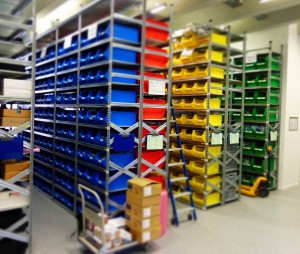


















 Back to Features
Back to Features